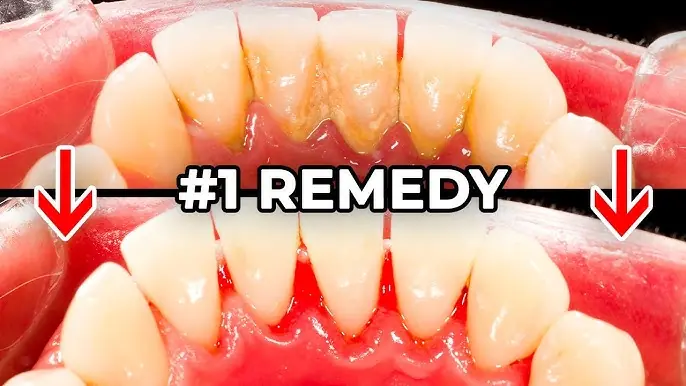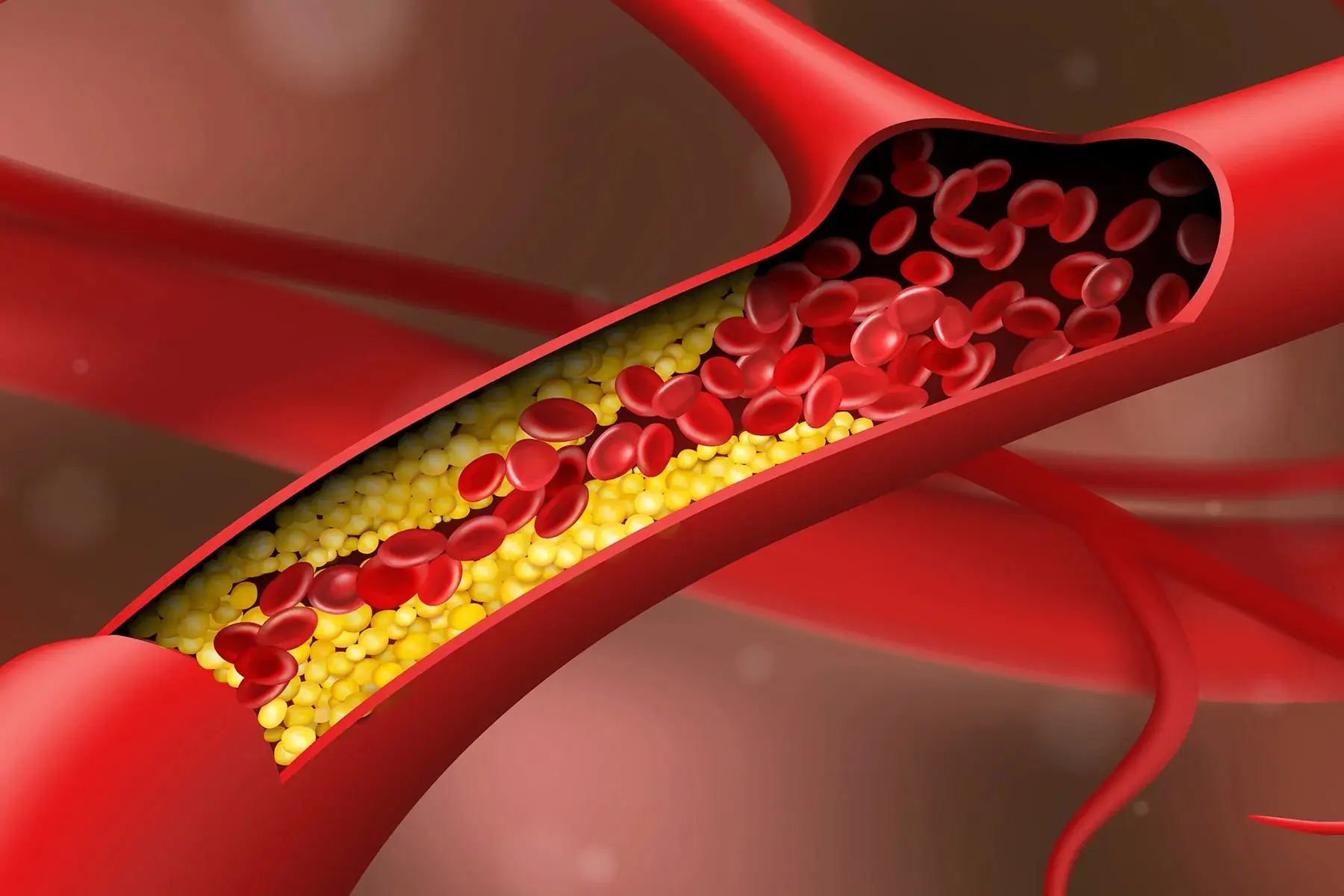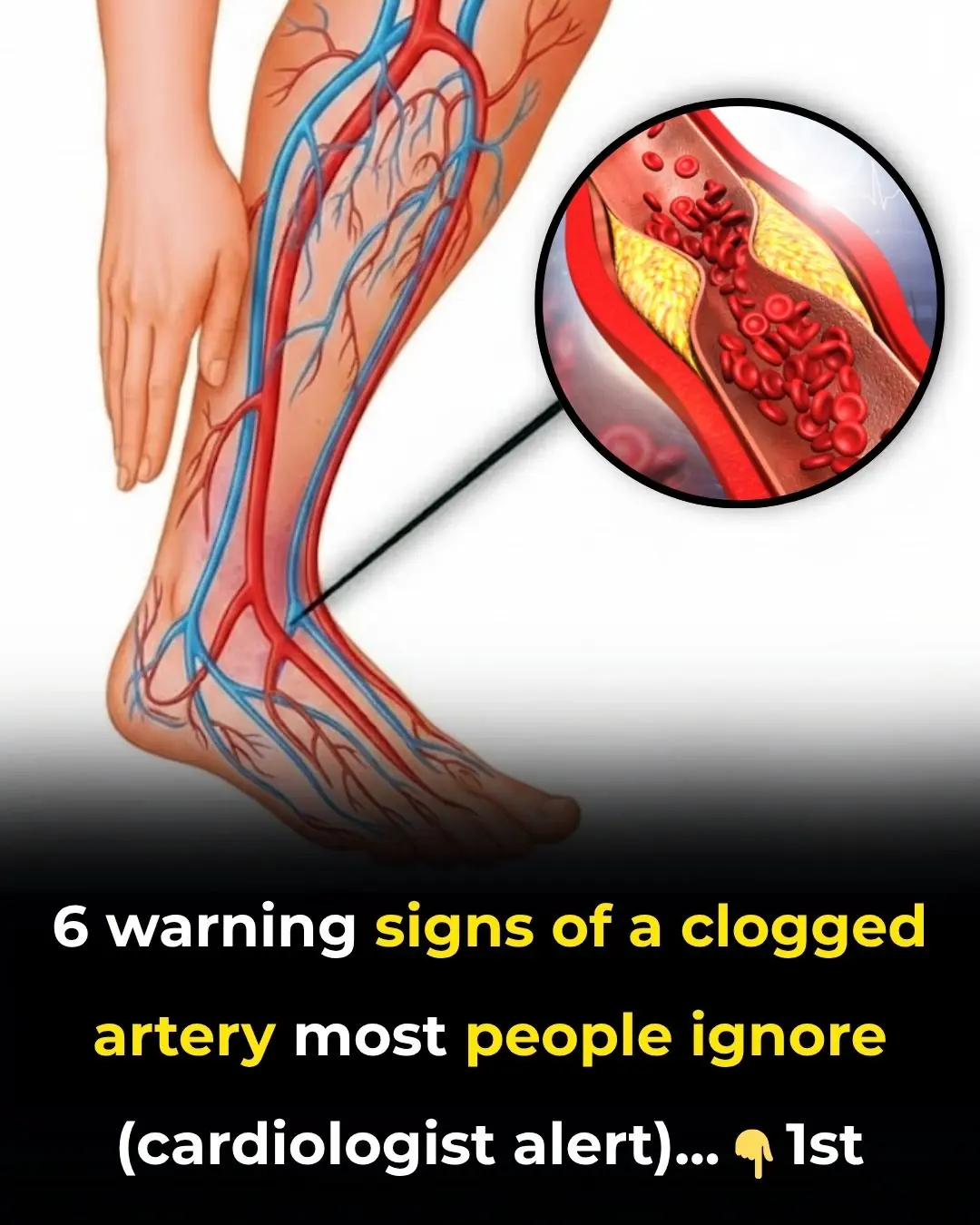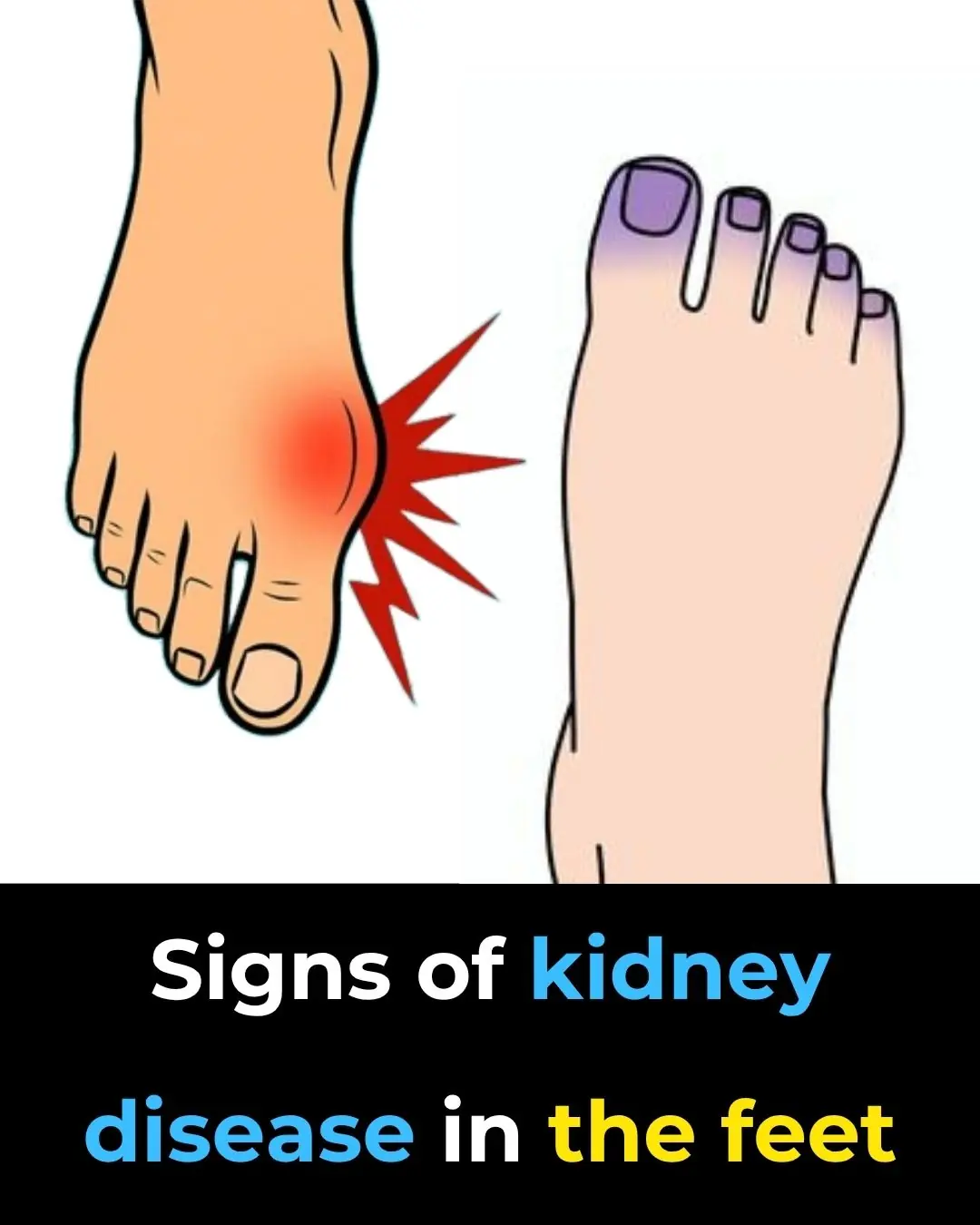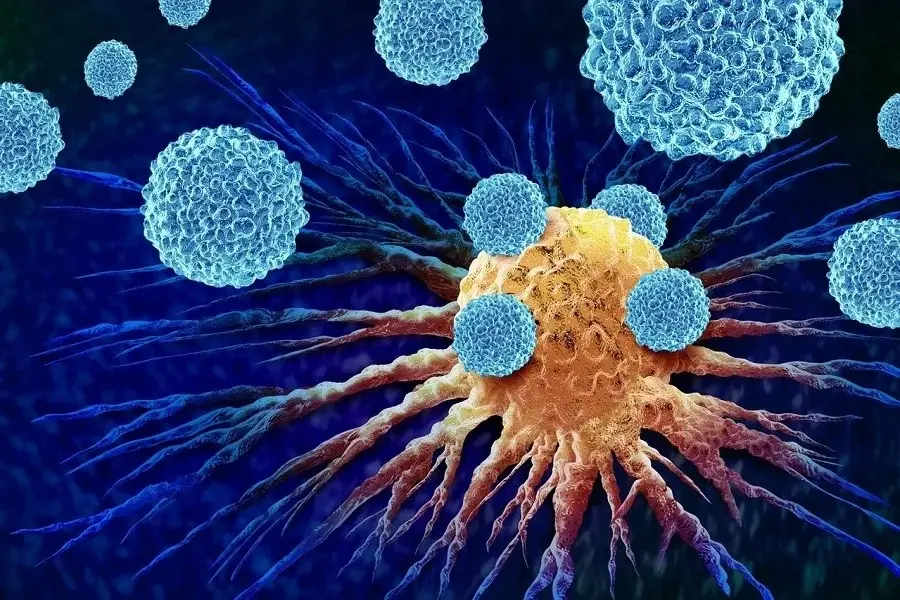Redness Swelling and Warmth in One Leg …Don’t Ignore These Symptoms
If you’ve noticed sudden redness, swelling, or warmth in one leg, it’s important not to brush it off. While it might seem minor at first, these symptoms can signal serious underlying health conditions—some of which require immediate medical attention.
Here’s what you need to know.
1. Deep Vein Thrombosis (DVT): A Silent Threat
One of the most serious possibilities is deep vein thrombosis (DVT). This condition occurs when a blood clot forms in a deep vein, usually in the leg.
If left untreated, DVT can lead to a pulmonary embolism—a potentially life-threatening situation where the clot travels to the lungs and blocks blood flow.
Warning signs of DVT include:
- Sudden swelling in one leg
- Redness or discoloration
- Warmth to the touch
- Pain or tenderness, especially in the calf
2. Cellulitis: A Fast-Spreading Infection
Another possible cause is cellulitis, a bacterial skin infection that can spread rapidly if not treated with antibiotics.
Common symptoms include:
- Red, swollen skin that feels hot and tender
- Fever or chills
- Rapid spreading of redness
Cellulitis often affects the lower legs and needs prompt medical treatment to prevent complications.
3. Superficial Thrombophlebitis
Unlike DVT, superficial thrombophlebitis involves clotting in veins closer to the surface of the skin. It can still cause noticeable symptoms such as:
- Redness
- Pain along the vein
- Swelling and warmth
Though typically less dangerous than DVT, it still requires evaluation, especially if symptoms worsen.
4. Chronic Venous Insufficiency
When the veins in your legs struggle to send blood back to the heart, it can lead to chronic venous insufficiency. This condition can cause:
- Persistent swelling
- Aching or heaviness
- Skin changes or ulcers
It often develops gradually but can worsen over time without treatment.
5. Other Possible Causes
There are other, less common reasons your leg might suddenly swell or turn red and warm, including:
- Gout (a type of inflammatory arthritis)
- Injury or trauma
- Arthritis
- Lymphedema, caused by a buildup of lymph fluid due to a blockage in the lymphatic system
When to Seek Medical Help
Don’t wait if you’re experiencing:
- Sudden or painful swelling in one leg
- Warmth, redness, or tenderness
- Fever or chills
- Chest pain or shortness of breath (call emergency services—this could indicate a pulmonary embolism)
Early evaluation can make a huge difference in preventing serious complications.
Final Thoughts
While mild swelling in the legs can sometimes be harmless, sudden changes—especially in one leg—should never be ignored. Pay attention to warning signs, and don’t hesitate to get checked out by a medical professional.
Your health is too important to risk.
Disclaimer: This article is for informational purposes only and is not a substitute for professional medical advice, diagnosis, or treatment. Always consult a qualified healthcare provider if you have any concerns about your health.




